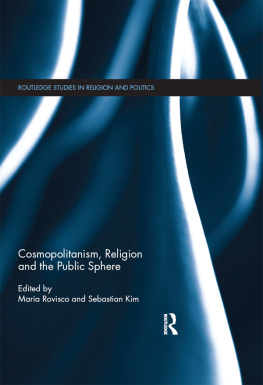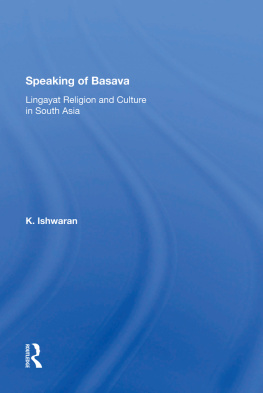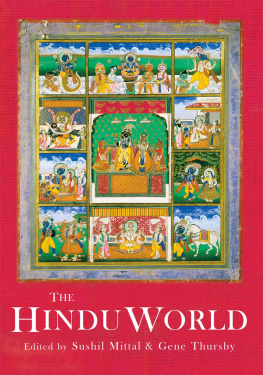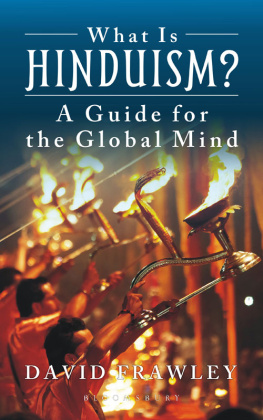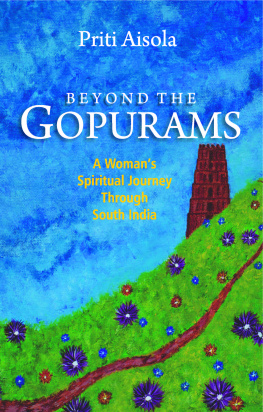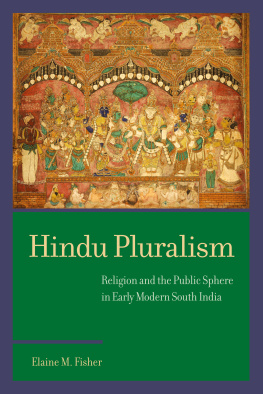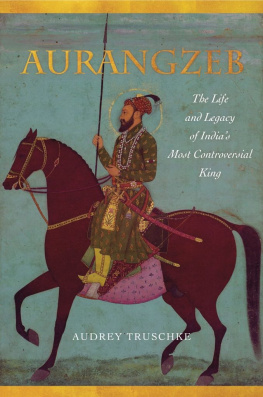First Published in 2000 by Curzon Press
Published 2013
by Routledge
2 Park Square, Milton Park, Abingdon, Oxon OX14 4RN
711 Third Avenue, New York, NY, 10017, USA
Routledge is an imprint of the Taylor & Francis Group, an informa business
Editorial Matter 2000 Keith E. Yandell and John J. Paul
All rights reserved. No part of this book may be reprinted or reproduced or utilised in any form or by any electronic, mechanical, or other means, now known or hereafter invented, including photocopying and recording, or in any information storage or retrieval system, without permission in writing from the publishers.
British Library Cataloguing in Publication Data
A catalogue record of this book is available from the British Library
Library of Congress Cataloguing in Publication Data
A catalog record for this book has been requested
ISBN 13: 978-0-700-71101-7 (hbk)
One of the greatest failures of our society, as noted historian and Librarian of Congress Dr. James H. Billington reminds us, has come from its inability to take seriously religion as a key determining factor in human history. Failure to do so has exacted a heavy cost in precisely those terms that behavioral sciences should recognize: the ability of policy makers to anticipate or predict social change. The rise of Shiite power in Iran and of Solidarity in Poland, two of the most important political events of the last twenty years events which led to the spread of militant Islam and the fall of Communism caught public leaders unawares. Yet, while these movements were profoundingly religious, they were anticipated only by those very few people who deeply understood the power of religion in these two regions of the world. The public, especially that complex of elites consisting of the academy, media, and government, failed to see these changes coming. This complex of elites also failed to take seriously, until recently, the central role which religion has played in the U.S.A., in Latin America, and even in Europe. From 19881993, for example, some thirty percent of all Russians aged 18 to 25 formally accepted Christianity. Yet, while their actions constituted one of the largest non-coercive ideological conversion movements of all time, this event passed almost without the notice of the world's major media. Among many failures of understanding concerning the former Yugoslavia has been the failure to recognize that, until very recently, the highly respected Patriarch of the Serbian Orthodox Church had always been opposed to the current regime. This too was something neglected in elite public thinking of the West. Such failures with respect to India, especially South India, are what essays in this volume seek to rectify, albeit both with respect to the media in relation to socio-cultural political, and religious mobilization of "Hindutva".
The last two centuries have witnessed profound changes in the nature of public consciousness. Nowhere has this been more true than in India, especially in relation to changing cultures of public life and religious tradition in South India. The current significance, scholarly worth and timeliness of research reflected in the essays of this volume cannot be understood apart from a fundamental recognition and understanding of the importance of religion as a determining factor in public life. Seen in that context, both in quality and quantity, in efforts both broad and deep, multi-faceted and sophisticated new attempts are being made to capture the significance of religious impulses. Essays in this collection attempt to explore intricacies of what is perhaps the single most complex socio-religious environment in the world, one which embraces no small segment of global humanity, as one might sometimes think (if media coverage is any criteria: Israel receives hundreds of times more attention).
The modern world has itself been affected by, and has itself affected, the public cultures of India in a variety of ways. The essays in this volume consider various public issues cultural, social, political, legal or philosophical in which religion, however "orthodox" or "non-orthodox" it might be, when measured by classical indigenous standards, has played a significant public role. (We have counted Islam as well as Jainism and Buddhism as "heterodox" by these standards.) Indeed, these papers also consider the evolution of the very notion of Hinduism as a distinct and singular separate religion; the relationship between this kind of formulation and various European or Western influences in India; and some of the differences which the formation of this idea and its acceptance have made upon wider public consciousness. Along with a general emphasis on specific contexts and historical details, each essay also considers certain general issues such as the passing along of religious authority from one generation to the next, and the rise of disputes over matters both ideological (or doctrinal) and institutional, disputes that are fundamental to the traditions concerned and yet have an unmistakable crosscultural references, if not perennial significance. (One might, for example, consider the issue of human freedom and irresistible control, as formulated in ideas about grace in the writings of St. Augustine compared with ideas put forth in Professor Carman's essay.)

All of the papers in this collection were originally presented at a conference in honor of the distinguished history of South India, Professor Robert Eric Frykenberg. The conference was held at the University of WisconsinMadison on November 3, 1990 in connection with the Department of South Asian Studies' Nineteenth Annual Conference on South Asia, November 24, 1990 in honor of Professor Frykenberg's distinguished contributions as a scholar and teacher over a quarter century of professional activity. We were able to persuade him to contribute a paper as well, and we open the volume with it.
In The Construction of Hinduism as a " Public " Religion: Looking Again at the Religious Roots of Company Raj in South India, Professor Robert E . Frykenberg argues that "Hinduism" refers, not to a pervasive indigenous religion to be found throughout most or all of Indian history, but to an understanding of Indian religious phenomena that is comparatively recent and that finds its modern roots in Indo-British interactions. Thus while the relationships between religious and political institutions which ultimately yielded Hinduism as a public religion go back to earlier times, Professor Frykenberg suggests, nonetheless not only are both "India" and "Hinduism" European terms but what they refer to is at least in part an effect of European influence. "Hinduism" refers to a set of religious institutions whose authority lies in classical Brahman scripture. This set of institutions was produced by Anglo-Indian collaboration in the late eighteenth and early nineteenth centuries. Brahmans, along with other highcaste Indians, largely provided its structure, content, and symbols in an effort to unite a large number (scores if not hundreds) of local communities into a public system in which community found a recognized place. Thus the actions of the East India Company began a process of political integration in South India; both British and Indian citizens participated in this process in Company service. The Government of Madras brought the administration of temple ceremonies, rituals, lands, and endowments under its imperial authority in an act of integration of religious institutions that presaged a later secular integration as well.



